Plainsong “In Search of Amelia Earhart”
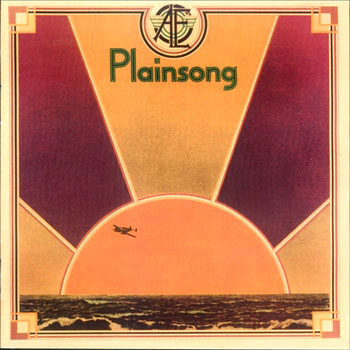
Plainsong was a short-lived folk-rock outfit with country-rock leanings that briefly provided a pretty close British equivalent to the likes of Crosby, Stills & Nash. Singer-songwriter Iain Matthews had been the frontman with Fairport Convention during their early West Coast-influenced period, and had subsequently enjoyed moderate success as a solo artist and with his pioneering British country-rock outfit Southern Comfort. His main collaborator in Plainsong would be guitarist and multi-instrumentalist Andy Roberts, former musical kingpin of the loose collective of folk musicians and performance poets known as the Liverpool Scene. Rounding out the new band were bassist/pianist David Richards and Californian acoustic guitarist Bob Ronga, with percussion being provided on an ad-hoc basis by Iain’s former Fairport colleague Dave Mattacks or fellow folk-rock stalwart Timi Donald. The gentle irony of the band’s name belies their strengths: Matthews’s angelic voice and their superb four-part harmonies, plus immaculate instrumental backings.
Prior to their formation in early 1972 Roberts had become infatuated with the alternative version of the Amelia Earhart story propounded in Fred Goerner’s book The Search For Amelia Earhart, which suggested that she had been on a clandestine aerial spying mission for the US government on the Japanese at Saipan in 1937 and had perished at their hands, the whole affair then being hushed up to avoid an early war. Matthews became readily interested in the topic. Unable to stretch the concept to a whole album, they decided to make a short suite on it the centrepiece of their Elektra debut, which also took as its title that of Goerner’s tome and featured appropriate cover art. A cover of David McEnery’s traditional account Amelia Earhart’s Last Flight was followed by Matthews’s own True Story Of Amelia Earhart which proffered the Goerner line. Cleverly splitting the two was a soulful version of the old bluegrass spiritual I’ll Fly Away. The remainder of the album comprised mellow, thoughtful compositions by Matthews and widely varying but carefully chosen covers of numbers by obscure but respected folk-rock and country artists, including Paul Siebel’s Louise, Henske and Yester’s Raider and Jim & Jesse’s rollicking Diesel On My Tail.
What you got from this apparent mishmash was a beautifully coherent folk-country-rock album with glorious vocals and superbly understated, largely acoustic accompaniment with the occasional fiery Telecaster tail-twist, the whole having a wistful, summery feel absolutely redolent of 1972. It nonetheless failed to trouble the Top 100 album charts, and the Ronga-less follow-up provisionally titled Now We Are 3, which moved further towards country-rock, was shelved when the remaining band members split abruptly due to ferocious antipathy between Matthews and Richards and Iain’s long-aspired determination to move his muse to California. The album lay dormant till 2005 when the Water label in San Francisco released it as part of an absolutely stunning 2-CD compilation entitled simply Plainsong which includes the debut album, the unreleased follow-up, an early single and a dozen live stage and radio recordings: just about everything laid down by the original line-up. Matthews and Roberts had meanwhile reunited in a new Plainsong in the nineties, but I’ll leave you to investigate that if you will.
“Call the Tune”
![]() CD Reissue | 2005 | Water | buy at amazon ]
CD Reissue | 2005 | Water | buy at amazon ]
![]() Original Vinyl | 1972 | Elektra | search ebay ]
Original Vinyl | 1972 | Elektra | search ebay ]
![]() Spotify link | listen ]
Spotify link | listen ]
Also Recommended

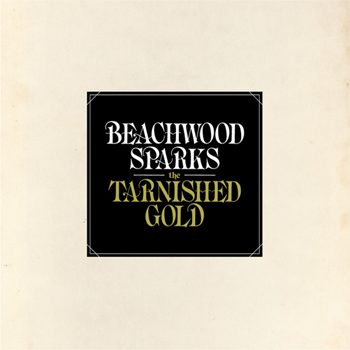
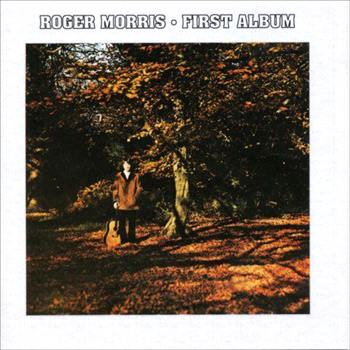
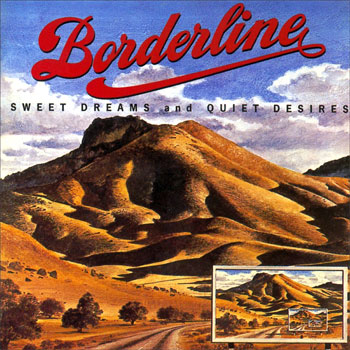
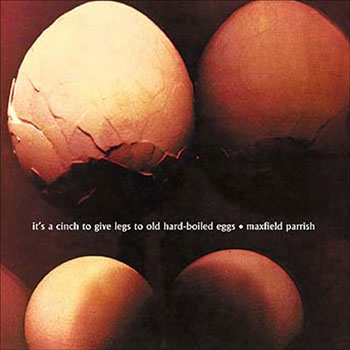
Very nice. Almost has a Bread feel to it. Would also like to say that I enjoy your blogs immensely & have learned a lot about several bands & albums that have eluded me through the years. Keep up the good work.
Thanks for this – it brought back lots of memories. Ian Matthews’ Matthews’ Southern Comfort, first half-dozen solo albums, and this (and he was Ian in those days, not *Iain*, although I understand the latter is actually his proper name ) were all staples of my listening back in the early to mid 1970s. Haven’t heard his music since I got rid of the vinyl 20 years ago, but it looks like I’m going to have to plunk down some cash and buy some CDs now. I’ll never forget the first time I heard Ian’s version of “Seven Bridges Road” on his VALLEY HI solo album.
I always wondered why Matthews didn’t have more commercial success – such a pleasant voice, excellent arrangements with top-notch production and first-class players. When I read the first comment and the “Almost has a Bread feel to it,” I thought, “Yeah, right,” but listening to the two clips here, it *does* somewhat. Not as smarmy, but there is a bit of a resemblance.
Good day! This is my 1st comment here so I just wanted
to give a quick shout out and tell you I genuinely enjoy reading through your articles.
Can you suggest any other blogs/websites/forums that cover the same subjects?
Thank you!
Far be it from me to promote rivals to the The Rising Storm, the best classic and lost albums website in the blogosphere, but my other favourites covering similar ground include Orexis Of Death, It’s Psychedelic Baby and Head Heritage – find ’em with Google. If you’re interested in a given artist or act from the Golden Age, just Google the name and see what comes up. That’s how I discovered the Storm, by accident, and almost a hundred reviews later the rest is history. Oh, and a mention for the Storm’s close companion, Aquarium Drunkard – not limited to Golden Age material but always worth a look.
I bought this in 1972 after hearing a friend’s copy. He bought it after hearing Raider on the radio. Still love it 45 years later, one of my all-time top 10. Since bought many of the 70’s vinyl. Also read quite a bit about Amelia Earhart.
Similarly puzzled why Iain never reached the heights considering the talent of him and his musicians.